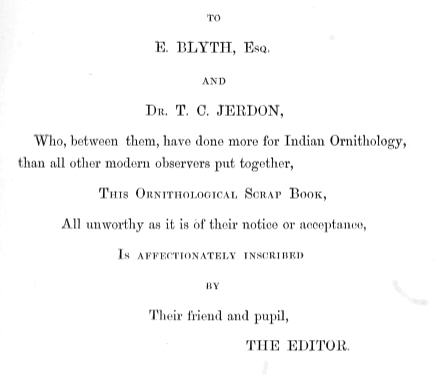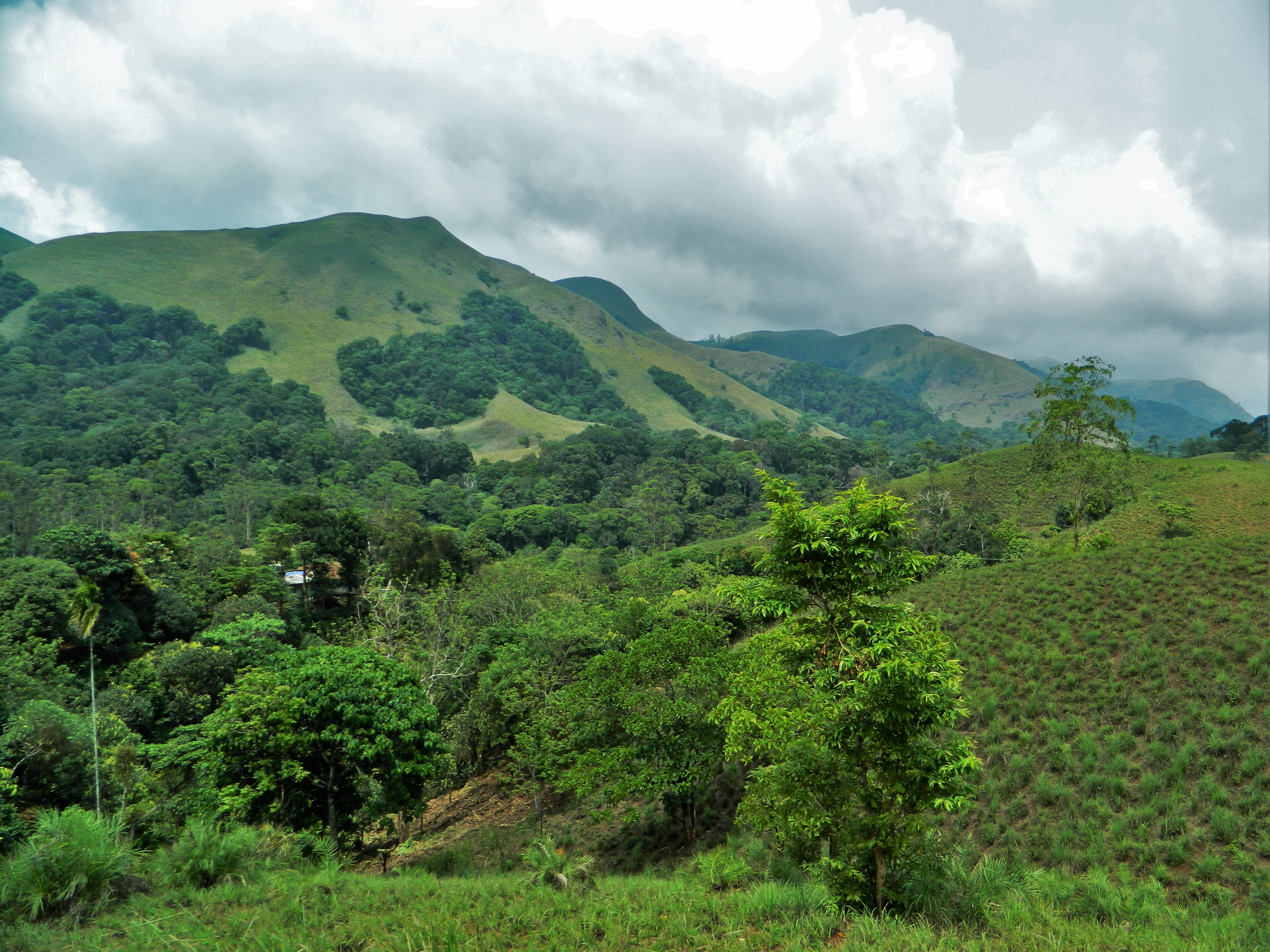|
Nilgiri Thrush
The Nilgiri thrush (''Zoothera neilgherriensis'') is a member of the thrush ''The Man from U.N.C.L.E.'' is an American spy fiction television series produced by Metro-Goldwyn-Mayer Television and first broadcast on NBC. The series follows secret agents, played by Robert Vaughn and David McCallum, who work for a secret ... family. Distribution and habitat The Nilgiri thrush is endemic to the Western Ghats. It is largely restricted to the sholas, isolated cloud forests found in high altitudes that are separated by rolling montane grassland. It is also rarely found in roadways on rainy days. It feeds on insects and is an opportunistic insectivore. The thrush stays on the terrestrial lower canopy of the moist shola ecosystem. The scaled pattern of this species gives it a protective side of camouflage in terrestrial understory of the forest. Habitat extent is distributed throughout the moist shola forests in the region. Description The sexes are similar, 27–31 cm long, ... [...More Info...] [...Related Items...] OR: [Wikipedia] [Google] [Baidu] |
Ooty
Ooty (), officially known as Udhagamandalam (also known as Ootacamund (); abbreviated as Udhagai), is a city and a municipality in the Nilgiris district of the South Indian States and territories of India, state of Tamil Nadu. It is located north west of Coimbatore and south of Mysore and is the headquarters of the Nilgiris district. It is a popular hill station located in the Nilgiri Hills. It is popularly called the Queen of Hill Stations. It was the summer capital of the Madras Presidency. Originally occupied by the Toda people, the area came under the rule of the East India Company at the end of the 18th century. The economy is based on tourism and agriculture, along with the manufacture of medicines and photographic film. The town is connected by the Nilgiri Ghat Roads, Nilgiri ghat roads and Nilgiri Mountain Railway. Its natural environment attracts tourists and it is a popular summer destination. In 2011, the town had a population of 88,430. Ootacamund was rated the ... [...More Info...] [...Related Items...] OR: [Wikipedia] [Google] [Baidu] |
Tamil Nadu
Tamil Nadu (; , TN) is a state in southern India. It is the tenth largest Indian state by area and the sixth largest by population. Its capital and largest city is Chennai. Tamil Nadu is the home of the Tamil people, whose Tamil language—one of the longest surviving classical languages in the world—is widely spoken in the state and serves as its official language. The state lies in the southernmost part of the Indian peninsula, and is bordered by the Indian union territory of Puducherry and the states of Kerala, Karnataka, and Andhra Pradesh, as well as an international maritime border with Sri Lanka. It is bounded by the Western Ghats in the west, the Eastern Ghats in the north, the Bay of Bengal in the east, the Gulf of Mannar and Palk Strait to the south-east, and the Indian Ocean in the south. The at-large Tamilakam region that has been inhabited by Tamils was under several regimes, such as the Sangam era rulers of the Chera, Chola, and Pandya c ... [...More Info...] [...Related Items...] OR: [Wikipedia] [Google] [Baidu] |
Edward Blyth
Edward Blyth (23 December 1810 – 27 December 1873) was an English zoologist who worked for most of his life in India as a curator of zoology at the museum of the Asiatic Society of India in Calcutta. Blyth was born in London in 1810. In 1841 he travelled to India to become the curator of the museum of the Asiatic Society, Royal Asiatic Society of Bengal. He set about updating the museum's catalogues, publishing a ''Catalogue of the Birds of the Asiatic Society'' in 1849. He was prevented from doing much fieldwork himself, but received and described bird specimens from Allan Octavian Hume, A.O. Hume, Samuel Tickell, Robert Swinhoe and others. He remained as curator until 1862, when ill-health forced his return to England. His ''Natural History of the Cranes'' was published posthumously in 1881. Avian species bearing his name include Blyth's hornbill, Blyth's leaf warbler, Blyth's hawk-eagle, Blyth's olive bulbul, Blyth's parakeet, Blyth's frogmouth, Blyth's reed warbler, Blyth ... [...More Info...] [...Related Items...] OR: [Wikipedia] [Google] [Baidu] |
Thrush (bird)
The thrushes are a passerine bird family, Turdidae, with a worldwide distribution. The family was once much larger before biologists reclassified the former subfamily Saxicolinae, which includes the chats and European robins, as Old World flycatchers. Thrushes are small to medium-sized ground living birds that feed on insects, other invertebrates and fruit. Some unrelated species around the world have been named after thrushes due to their similarity to birds in this family. Characteristics Thrushes are plump, soft-plumaged, small to medium-sized birds, inhabiting wooded areas, and often feeding on the ground. The smallest thrush may be the forest rock thrush, at and . However, the shortwings, which have ambiguous alliances with both thrushes and Old World flycatchers, can be even smaller. The lesser shortwing averages . The largest thrush is the Great thrush at and , though the commonly recognized Blue whistling-thrush is an Old world flycatcher. The Amami thrush might ... [...More Info...] [...Related Items...] OR: [Wikipedia] [Google] [Baidu] |
Shola
Sholas are the local name for patches of stunted tropical montane forest found in valleys amid rolling grassland in the higher montane regions of South India, largely in Kerala, Karnataka and Tamilnadu. These patches of shola forest are found mainly in the valleys and are usually separated from one another by undulating montane grassland. The shola and grassland together form the shola-grassland complex or mosaic. Not all such high-elevation grasslands have sholas in their valleys, especially if they are isolated from other such meadows, such as the meadows found in the Idamalayar Reserve Forest in Ernakulam district of Kerala. The word 'Shola' is probably derived from the Tamil language word cõlai (சோலை) meaning grove. The shola-forest and grassland complex has been described as a climatic climax vegetation with forest regeneration and expansion restricted by climatic conditions such as frost or soil characteristics while others have suggested that it may have ant ... [...More Info...] [...Related Items...] OR: [Wikipedia] [Google] [Baidu] |
Siberian Thrush
The Siberian thrush (''Geokichla sibirica'') is a member of the thrush family, Turdidae. The genus name ''Geokichla'' comes from Ancient Greek ''geo-'', "ground-" and ''kikhle'', " thrush". The specific ''sibirica'' is Latin for Siberia. It breeds in taiga in Siberia. It is strongly migratory, with most birds moving to southeastern Asia during the winter. It is a very rare vagrant to western Europe. It is very secretive. The Siberian thrush is similar in size to the song thrush. It is omnivorous, eating a wide range of insects, earthworms and berries. The male Siberian thrush is a dark blue-grey above and below, with a white stripe above the eye. The lower belly and flanks are white. The female is a much browner bird, with a buff stripe above the eye. A striking identification feature of both sexes in flight is the black band on the white underwings, a feature shared with the scaly thrush The scaly thrush (''Zoothera dauma'') is a member of the thrush family Turdidae. Dis ... [...More Info...] [...Related Items...] OR: [Wikipedia] [Google] [Baidu] |
Scaly Thrush
The scaly thrush (''Zoothera dauma'') is a member of the thrush family Turdidae. Distribution and habitat It breeds in wet coniferous taiga, mainly in the Himalayas through Malaysia. Description The sexes are similar, 27–31 cm long, with black scaling on a paler white or yellowish background. The most striking identification feature in flight is the black band on the white underwings, a feature shared with Siberian thrush. The male has a song which is a loud, far-carrying mechanical whistle, with 5-10 second pauses between each one second long phrase ''twee...tuuu....tuuu....tuuu''. Taxonomy There are several races which are now often split into a varying number of separate species. ''Z. aurea'' ( White's thrush), including the questionable subspecies ''Z. a. toratugumi'', is the migratory Siberian and north-east Asian form. ''Z. neilgherriensis'' (Nilgiri thrush) is resident in the hills of southwest India. ''Z. imbricata'' (Sri Lanka thrush) is endemic to the hills ... [...More Info...] [...Related Items...] OR: [Wikipedia] [Google] [Baidu] |
Birds Of South India
This list of birds of South India includes bird from India south approximately of the Narmada River. Rollapadu in Andhra Pradesh, Nagarhole National Park) and Bandipur National Park in Karnataka; Rajamalai (Eravikulam National Park) and Periyar National Park in Kerala; Mudumalai National Park, Udhagamandalam, Indira Gandhi Wildlife Sanctuary in Anamalai, Vedanthangal and Point Calimere Wildlife and Bird Sanctuary in Kodikkarai, Tamil Nadu are notable bird watching locations in South India. Francolins and spurfowls *Painted francolin, ''Francolinus pictus'' *Grey francolin, ''Francolinus pondicerianus'' *Red spurfowl, ''Galloperdix spadicea'' *Painted spurfowl, ''Galloperdix lunulata'' Quails and buttonquails *Blue-breasted quail, ''Coturnix chinensis'' * Common quail, ''Coturnix coturnix'' * Rain quail, ''Coturnix coromandelica'' *Jungle bush quail, ''Perdicula asiatica'' *Rock bush quail, ''Perdicula argoondah'' *Painted bush quail, ''Perdicula erythrorhyncha'' *Small butt ... [...More Info...] [...Related Items...] OR: [Wikipedia] [Google] [Baidu] |
Birds Described In 1847
Birds are a group of warm-blooded vertebrates constituting the class Aves (), characterised by feathers, toothless beaked jaws, the laying of hard-shelled eggs, a high metabolic rate, a four-chambered heart, and a strong yet lightweight skeleton. Birds live worldwide and range in size from the bee hummingbird to the ostrich. There are about ten thousand living species, more than half of which are passerine, or "perching" birds. Birds have whose development varies according to species; the only known groups without wings are the extinct moa and elephant birds. Wings, which are modified forelimbs, gave birds the ability to fly, although further evolution has led to the loss of flight in some birds, including ratites, penguins, and diverse endemic island species. The digestive and respiratory systems of birds are also uniquely adapted for flight. Some bird species of aquatic environments, particularly seabirds and some waterbirds, have further evolved for swimming. Bi ... [...More Info...] [...Related Items...] OR: [Wikipedia] [Google] [Baidu] |


.jpg)

_in_Vietnam.jpg)


.jpg)